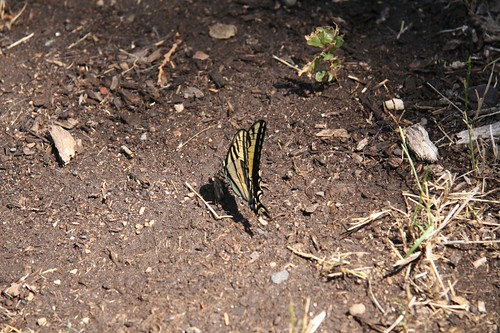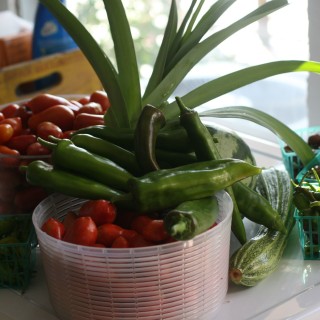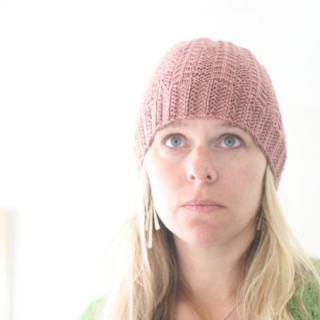…than you ever thought possible on less land that you can imagine.

Did you know that at some point during the years 2014 to 2021, there probably is not going to be enough land to provide the nutrition needed for most of the world’s population using todays current agricultural standards? Scary, isn’t it? Currently, we need about 7,000 to 36,000 square feet of farmable land to keep up with the worlds eating habits. And most people only have access to 9,000 square feet. You do the math.
And most of that land is used for growing only food, which doesn’t produce enough soil-nurturing humus needed to ensure the development of healthy soil. So the land gets stripped of it’s nutrients and becomes un-usable. Again, to keep a garden alive and thriving means to take care of the most basic of elements, the soil. (Here’s a list of 7 Things To Improve Your Soil today)
Regardless of how much soil we have in the world to grow on, we also need to consider the water to irrigate the crops. Many countries, as early as 1992, had only enough water to irrigate 4,000 square feet per person. Far from enough water to keep up with today’s farming practices.
It’s not all doom and gloom, there is a way to change these practices, and that’s what I’m going to talk about this week. This method described in How to Grow More Vegetables shows you how to grow all the food needed for one’s own nutrition, as well as nutrition for the soil on as little as 4,000 square feet.
We are going to start a little mini-series on A Sonoma Garden this week about the book How to Grow More Vegetables written by John Jeavons, the director of Ecology Action. This book features the Grow Biointensive method of mini-farming which has been adopted by UNICEF, Save the Children and the Peace Corps. This book is indispensible for anyone who is interested in food and farming activism and growing. The first part of the book is devoted to explaining the current status of the farming situation in the world as well as a look into the future. The majority of the book, however, explains this Grow Biointensive Method in great detail so you can easily adopt it into your gardening routine.
Tomorrow, we’ll talk about the benefits of Grow Biointensive.
Go to Part Two.
If you like this post and would like to have the rest of the series e-mailed to you click here.








I am so excited about this! You are a timely blessing as I begin to think about my first garden year (as good as I could have expected, but still much improvement needed), as I contemplate a fall garden, and as I look forward to next year’s growing season. Thanks to you in advance for this!!
OH this is going to be fun to read! Thanks!!!
Have you ever seen/heard of Metro Farm?
http://www.metrofarm.com/
Used to be a show that one of our local AM radio shows broadcasted. I haven’t listened to the radio much in the past few years, but the site itself is GREAT! REally interesting, informative stuff. Right along these lines…
Erin, Thanks for that link! It looks awesome, I’m going to have to check it out more.
I have learnt that it is much better to try to work with Mother Nature than fight her.
When I started gardening we were encouraged to spray everything and kill of pests. Along came one of my gardening heroes who preached that it was more important to get a good balance and then nature would look after the pests.
It took a leap of faith but after 2 or 3 years of not spraying it happened. Early season I see the greenfly in abundance but very quickly our friends come in, have a feast and become the bosses.
Extend that to working with the soil as we should and our crops will be much healthier to eat.
totally agree with what you said about ‘spray on everything’. we all need to take that leap, make that risk to do something that will be more beneficial for us in the long run.